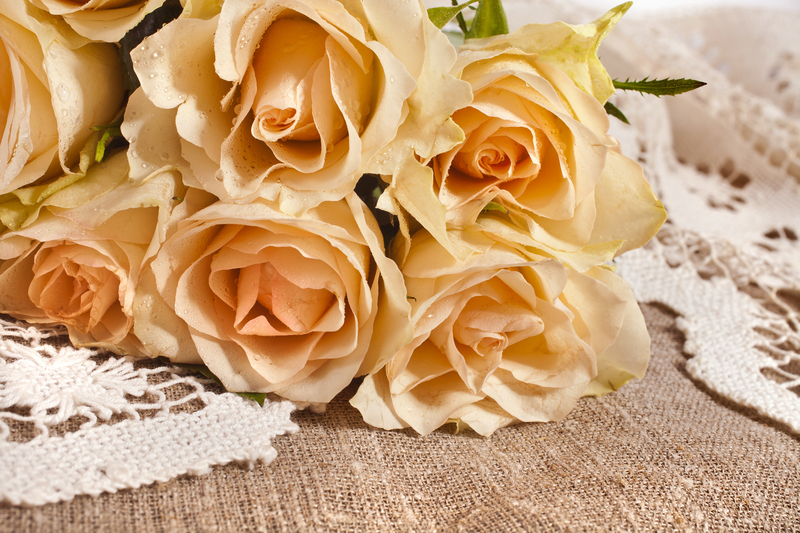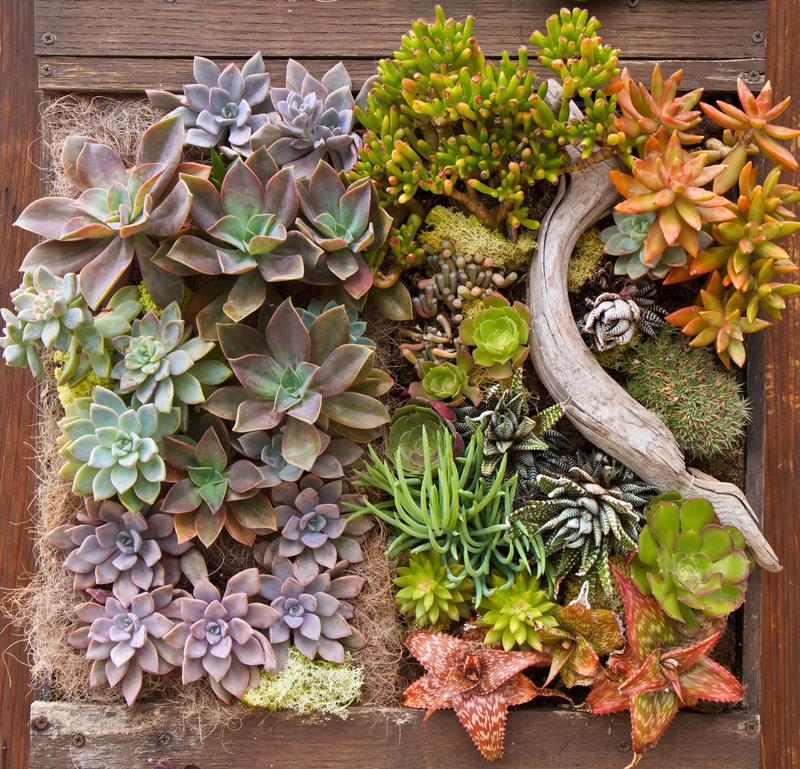The Endearing Appeal of Cottage Gardens
Posted on 12/05/2025
Cottage gardens have an enchanting charm that has captivated gardeners and nature enthusiasts for centuries. This timeless style of gardening combines beauty with functionality, creating spaces that are both aesthetically pleasing and productive. But what exactly makes cottage gardens so endearing? In this article, we will explore the various aspects that contribute to the lasting allure of cottage gardens, provide tips for creating your own, and discuss the pros and cons of this gardening style.
The History and Origins of Cottage Gardens
The cottage garden originated in England during the Elizabethan era. Back then, these gardens were designed for practicality. They were packed with herbs, vegetables, fruits, and flowers, which families would use for home remedies, cooking, and decoration. Over time, the look of these gardens evolved, incorporating more ornamental plants while retaining their functional essence.

Characteristics of a Cottage Garden
1. Informal Layout: Unlike the more structured and manicured garden designs, cottage gardens favor an informal, almost whimsical layout. Winding paths, uneven planting patterns, and rustic fences are common features.
2. Diverse Plant Selection: Cottage gardens tend to have a diverse mix of plants, often including perennials, annuals, shrubs, and even small trees.
3. Abundant Blooming: Flowers of all kinds find a home in cottage gardens, from roses and hollyhocks to lavender and foxgloves. The result is a riot of color and fragrance that lasts throughout the growing season.
4. Practical Plants: True to their origins, cottage gardens often include culinary and medicinal herbs like thyme, rosemary, and mint.
5. Wildlife-friendly: The dense planting and abundant flowering often make cottage gardens a haven for bees, butterflies, and birds.
Creating Your Own Cottage Garden
Creating a cottage garden may seem daunting, but with the right approach, anyone can transform their outdoor space into a lush, romantic retreat.
Choose the Right Plants
- Perennials: Plants like peonies, delphiniums, and geraniums come back year after year, providing lasting beauty without much maintenance.
- Annuals: For continuous bloom, integrate annuals such as cosmos, zinnias, and marigolds.
- Climbing Plants: Roses, clematis, and honeysuckle can add vertical interest to your garden.
- Herbs and Vegetables: Incorporate plants like basil, parsley, and cherry tomatoes for a touch of practicality.
Planning the Layout
- Natural Paths: Use gravel, stepping stones, or wooden planks to create winding paths through your garden.
- Layered Planting: Plant taller varieties at the back and medium-height plants in the middle, with low-growing species at the front.
- Focal Points: Add a birdbath, a rustic bench, or a garden arch to serve as a focal point and add visual interest.
Maintenance Tips
1. Mulching: Mulch helps retain moisture in the soil and reduces the need for frequent watering.
2. Pruning: Regular pruning encourages healthy growth and abundant flowering.
3. Weeding: Aim to weed regularly to keep unwanted plants from competing with your chosen varieties.
Pros and Cons of Cottage Gardens
Pros:
- Aesthetic Appeal: The informal, densely planted design creates a visually stunning space.
- Biodiversity: Cottage gardens attract beneficial insects like pollinators, which can improve your garden's health.
- Low Maintenance: Once established, many plants typical in cottage gardens require minimal care.
Cons:
- Initial Effort: Setting up a cottage garden can be labor-intensive and may require significant planning.
- Overcrowding: Dense plantings can sometimes lead to issues with poor air circulation, increasing the risk of fungal diseases.
- Wild Appearance: For those who prefer a tidier, more controlled garden, the informal look might appear unruly.

Key Takeaways
- Diverse Planting: Aim for a mix of perennials, annuals, and practical plants.
- Natural Design: Embrace a relaxed, informal layout.
- Sustainability: Cottage gardens are low-maintenance and environmentally friendly once established.
Conclusion
The endearing appeal of cottage gardens lies in their unique blend of beauty and practicality. They offer a sensory feast of colors, textures, and fragrances while providing a haven for wildlife. By incorporating a diverse range of plants and embracing a more natural layout, anyone can create their version of this idyllic retreat. While there are some challenges, the overall benefits make cottage gardens a worthwhile endeavor for both novice and experienced gardeners alike. Whether you are looking to evoke the charm of a bygone era or simply want a low-maintenance, high-impact garden, the cottage garden style is an excellent choice.







